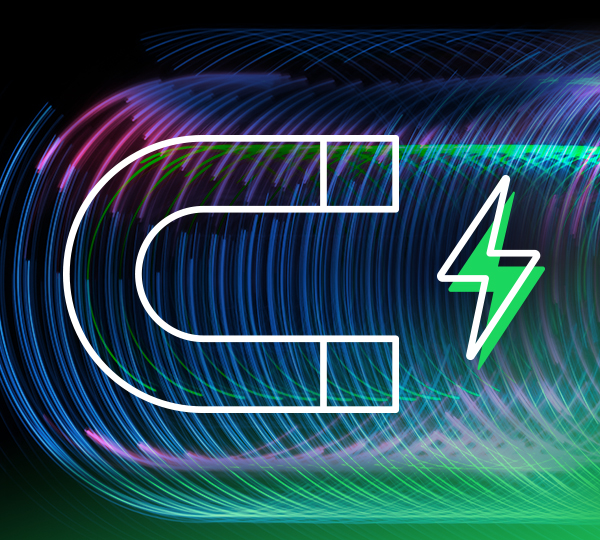Any marketer whose career started before 1997 knows all too well about the traditional marketing funnel. We were trained on it, we followed it and oftentimes worshipped it. The funnel was great – it organized our marketing efforts in a nice linear fashion that would drive Awareness, Consideration, Trial, and Loyalty. Along came the internet and things got a little more complicated and not as well organized. Then the smartphone appeared in 2007 (well, the first iPhone), followed by the advent of social media. As one former colleague used to say, “It’s a dog’s breakfast.”
So what’s a marketer to do today? Every marketer needs to keep their eyes open and study, analyze and adjust their own marketing plans to the ever-evolving funnel/flywheel/orbit. Look at your customer’s journey through their lens, not yours, and visualize building a relationship, where your Brand and the Consumer are constantly interacting and communicating.
Nothing Is Linear
Let’s be clear – the linear progression of the customer journey is dead. According to Google, no two journeys are exactly alike, and, in fact, most journeys don’t resemble a funnel at all. They look like pyramids, diamonds, hourglasses and more. Digital technology and mobile devices have put people in control. We all now expect an immediate answer in the moments we want to know, go, do, and buy. And all of these intent-rich moments are creating journey shapes as unique as each of us.
Uh oh, so no more linear funnel? Where do we go? Maybe on a journey.
The Customer Journey
It seems as if McKinsey Consulting gets credit for advocating the use of the “Customer Journey.” It was an improvement over the funnel as it considered all the touchpoints available for brands to interact with consumers, and established that the linear funnel was pretty much dead. The Customer Decision Journey is an improvement over the traditional funnel, but some marketers see it as incomplete. The problem is in the name itself. Brands may put the decision at the center of the journey, but customers don’t. Jonathan Becher, CMO at SAP, believes that for customers, “the pivot is the experience, not the purchase.” The Customer Decision Journey might be circular, but if the focus is still on the transaction, it’s just a funnel eating its own tail.
Building an Orbit, Not Transactions
Because consumers interact with Brands at various stages and places in our world now, a Brand’s focus should be on building relationships with consumers and not on getting them to a transaction. This doesn’t mean just implementing a CRM program to send them emails, but to thoughtfully think through where a consumer is experiencing your brand so you can communicate the correct message at the right time while they’re wandering the world, making purchase decisions. Some call this approach an “orbit.”
Consider three top companies with orbit strategies: Apple, Google and Nike. Each takes a different approach but the result is the same: customer-initiated touchpoints between transactions, and the creation of value beyond just product. At the core of each orbit strategy is a platform or service – what might be called a Customer Gravity Generator. Apple has iTunes and the App Store. Google has its search engine and Gmail. Nike has Nike+ and NikeID.
If you want to grow your brand in today’s world, the orbit provides a great framework for planning. It helps organize how you draw customers in, how you keep them engaged and how you leverage the two-way communications consumers expect of brands today. Think beyond the product-focused transaction and consider creating an orbit where you’re regularly connecting with current and potential consumers at different points along their individual paths.

